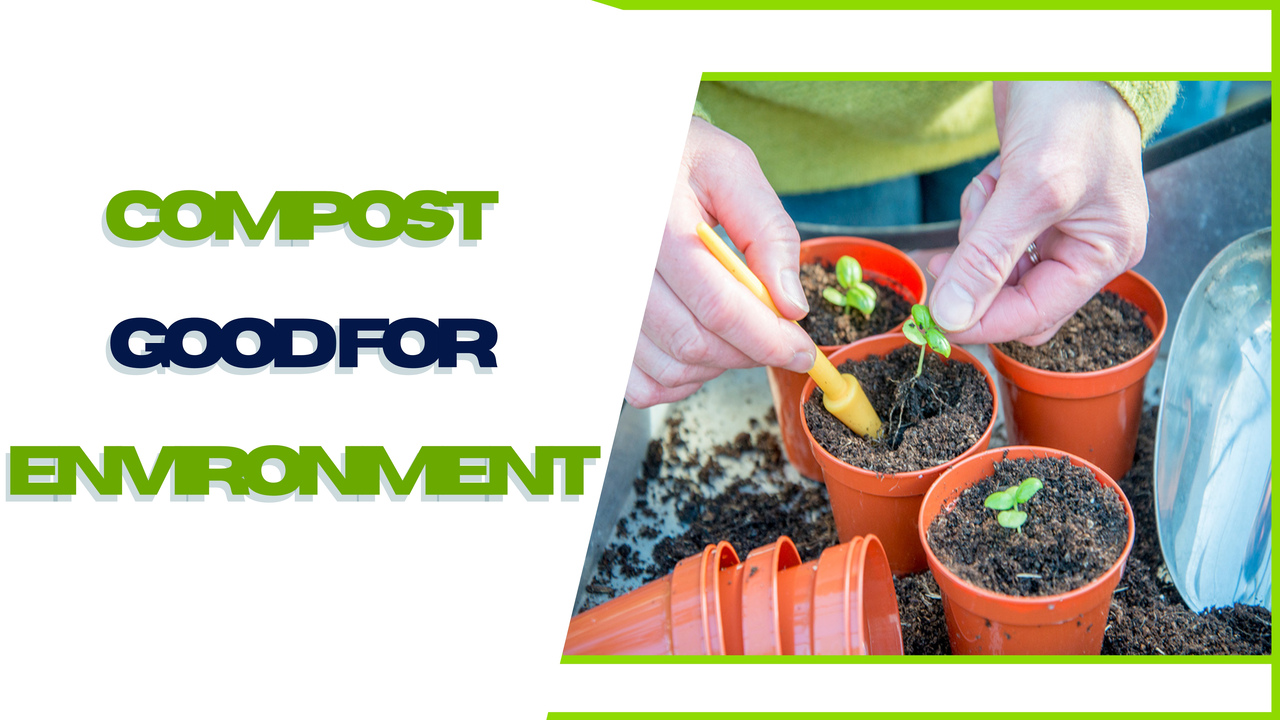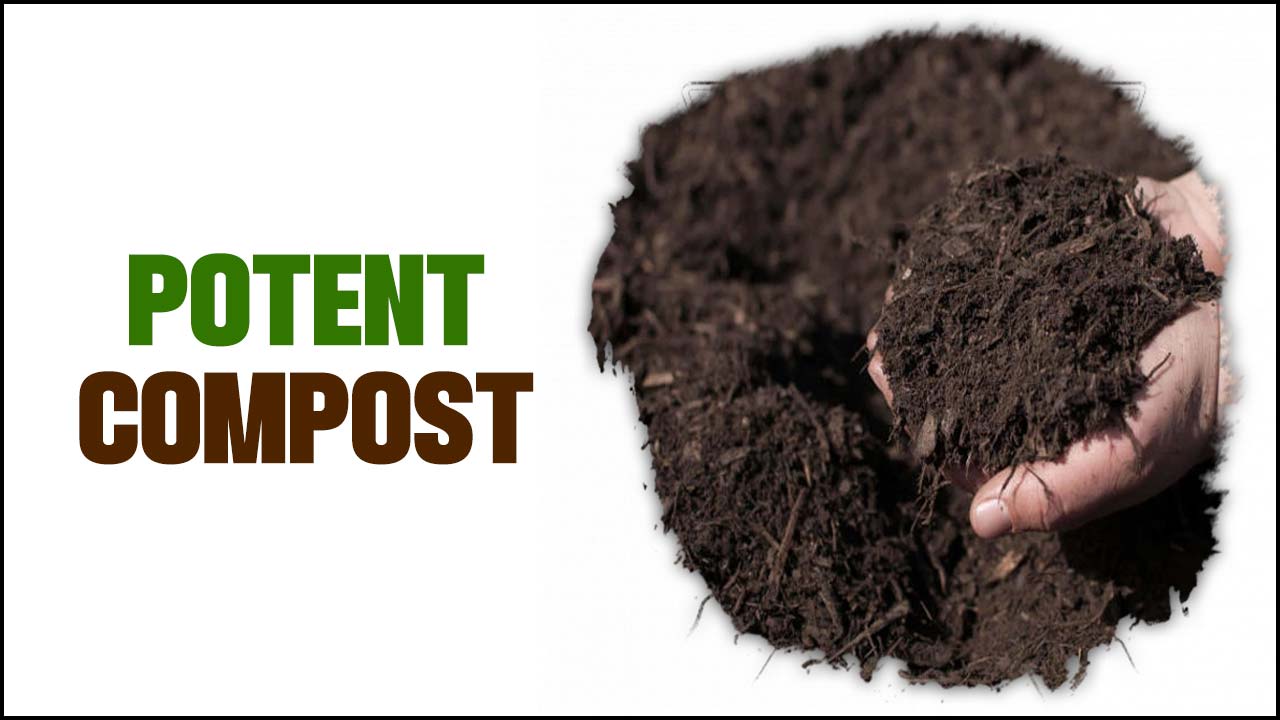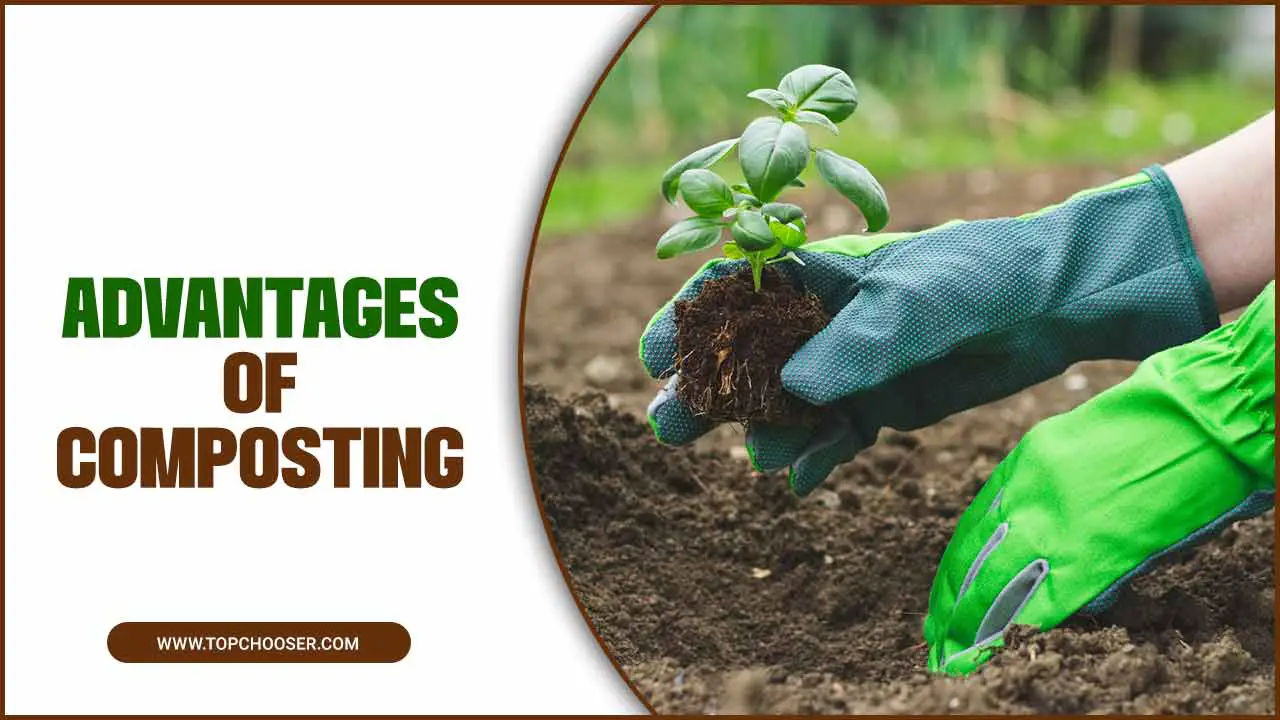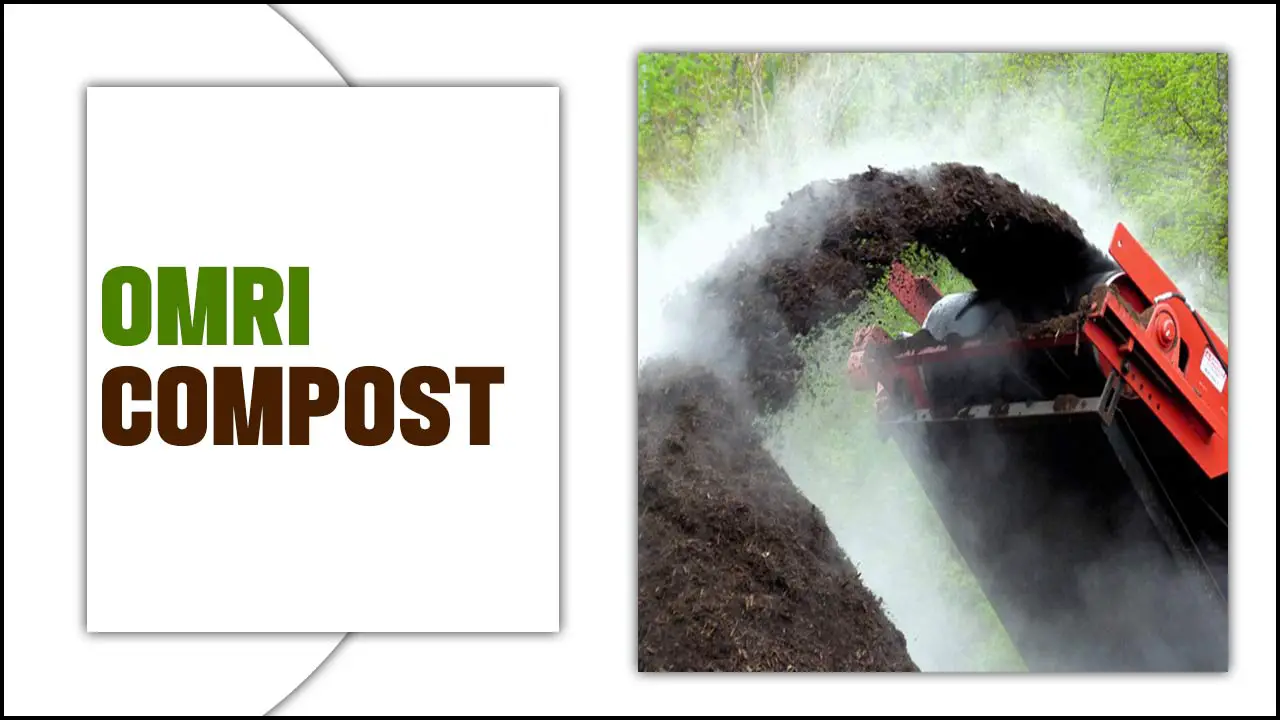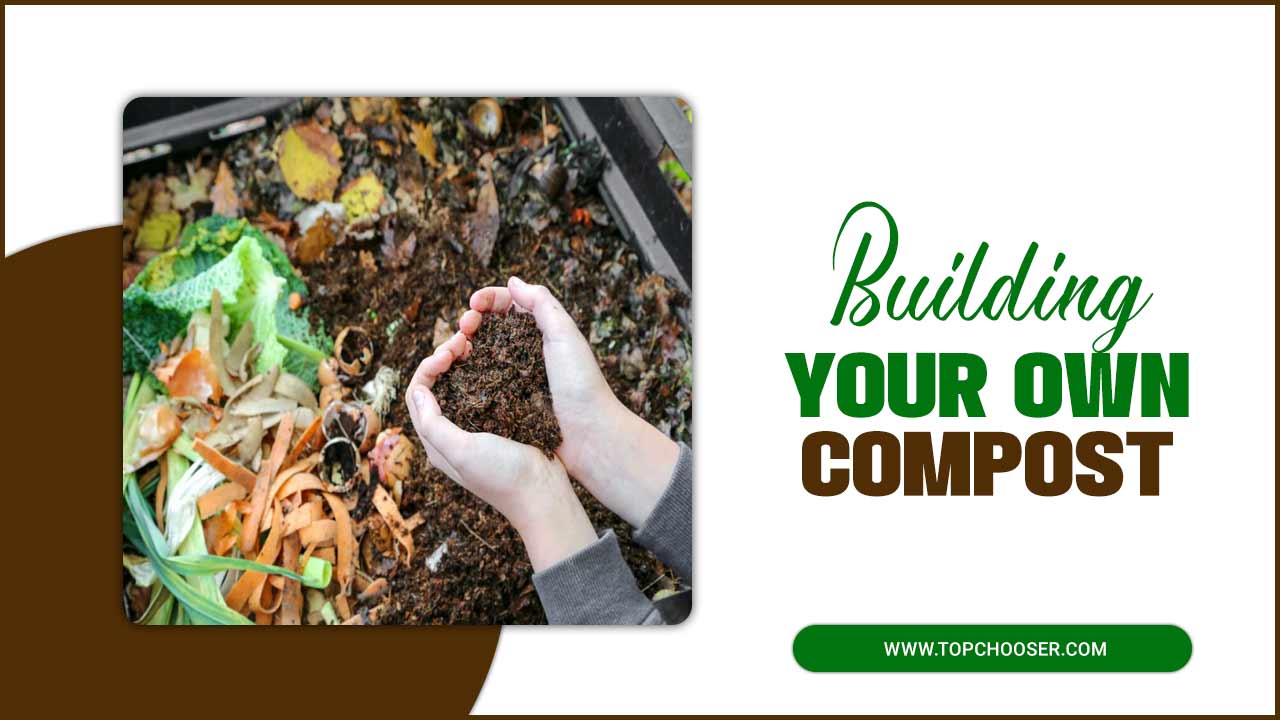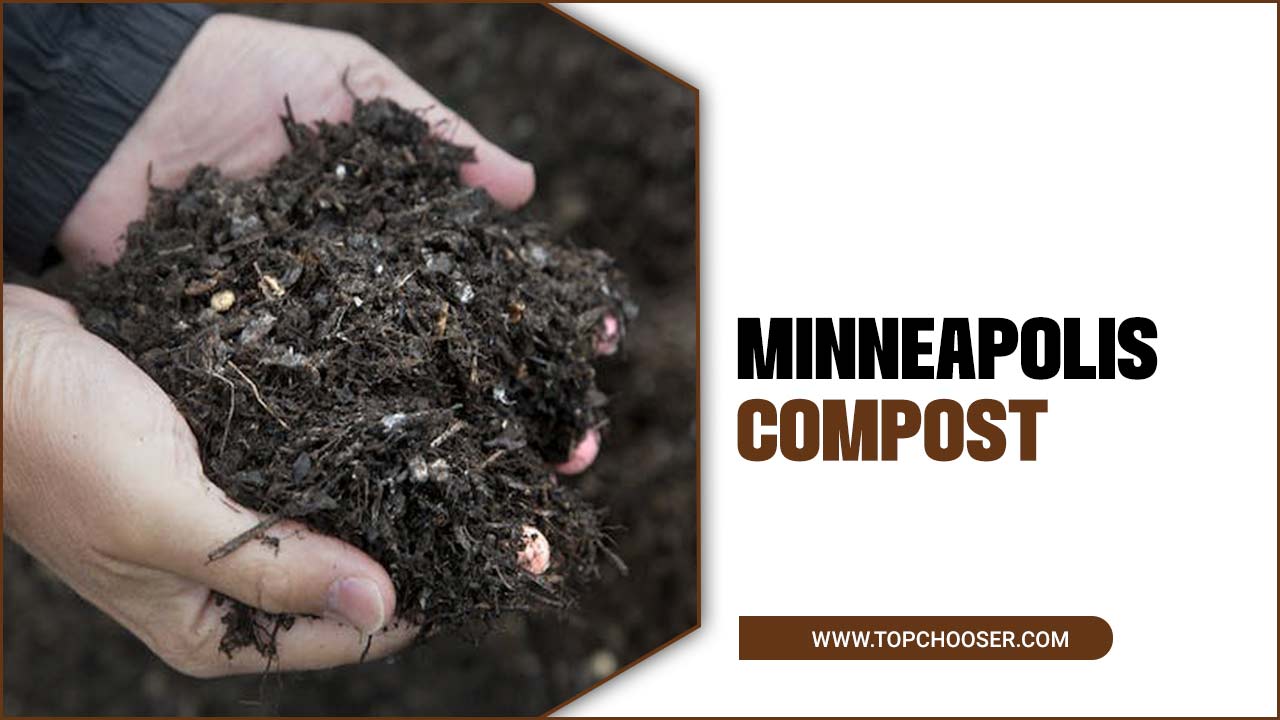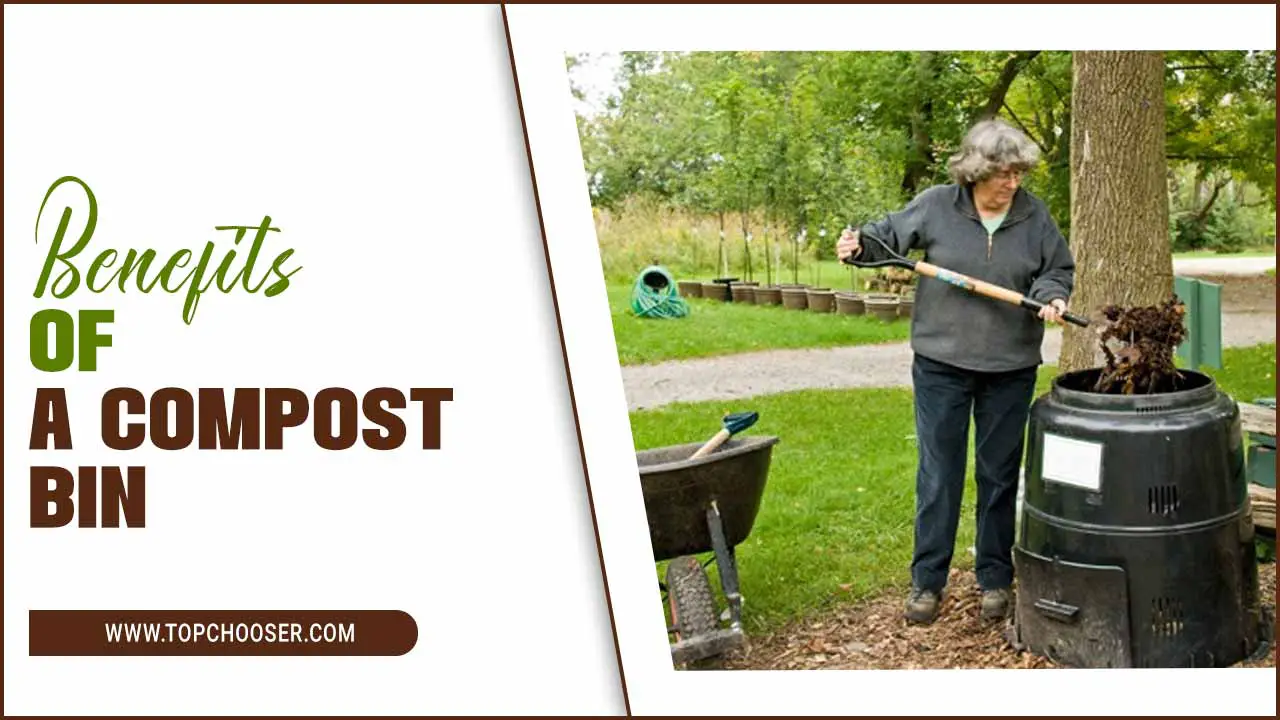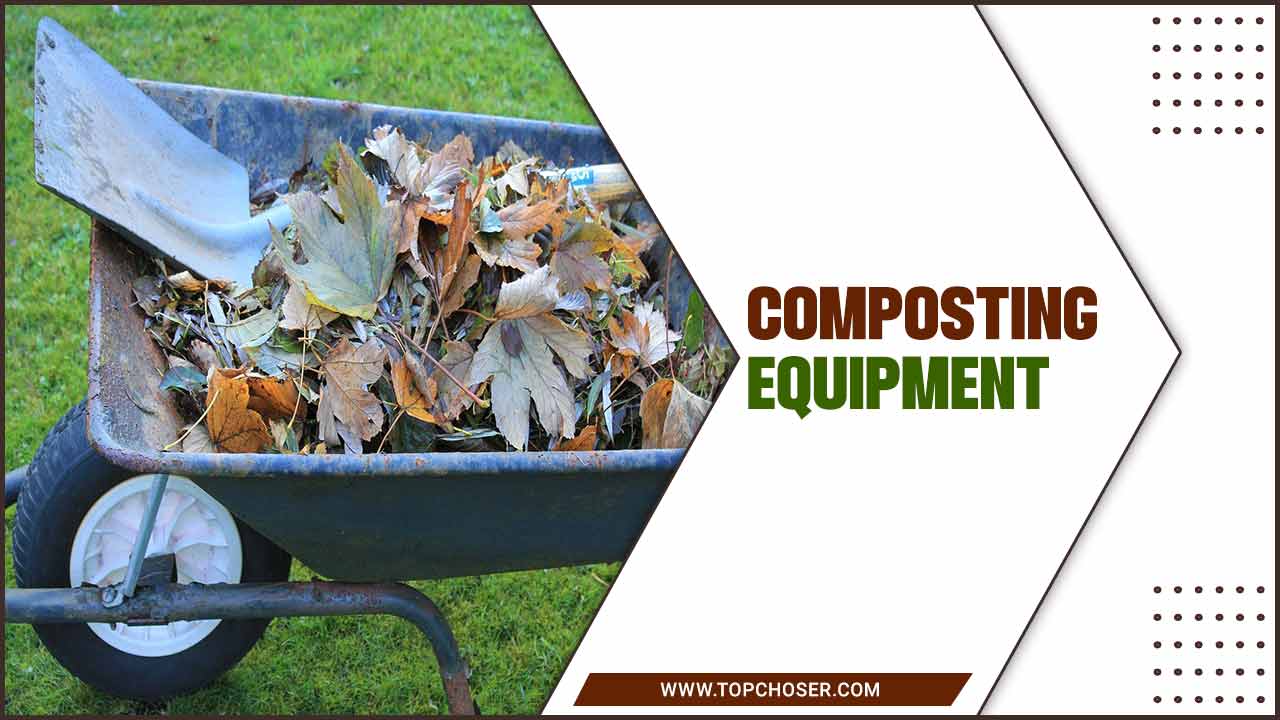Composting is a natural process that is essential for enriching the soil and improving plant growth. For centuries, gardeners have used compost as a vital ingredient in their soil, and it remains one of the best ways to recycle the organic waste we generate at home.
Composting is beneficial for plants and soil and helps protect the environment by reducing waste sent to landfills. Here we will explore how composting can benefit your plants and provide an overview of how to create and use compost in your garden.
Composting is a simple process that involves breaking down organic matter, such as leaves, grass clippings, and food scraps, into a nutrient-rich soil amendment. The resulting compost for plants is a natural fertilizer that provides plants with essential nutrients, improves soil structure, and helps retain moisture.
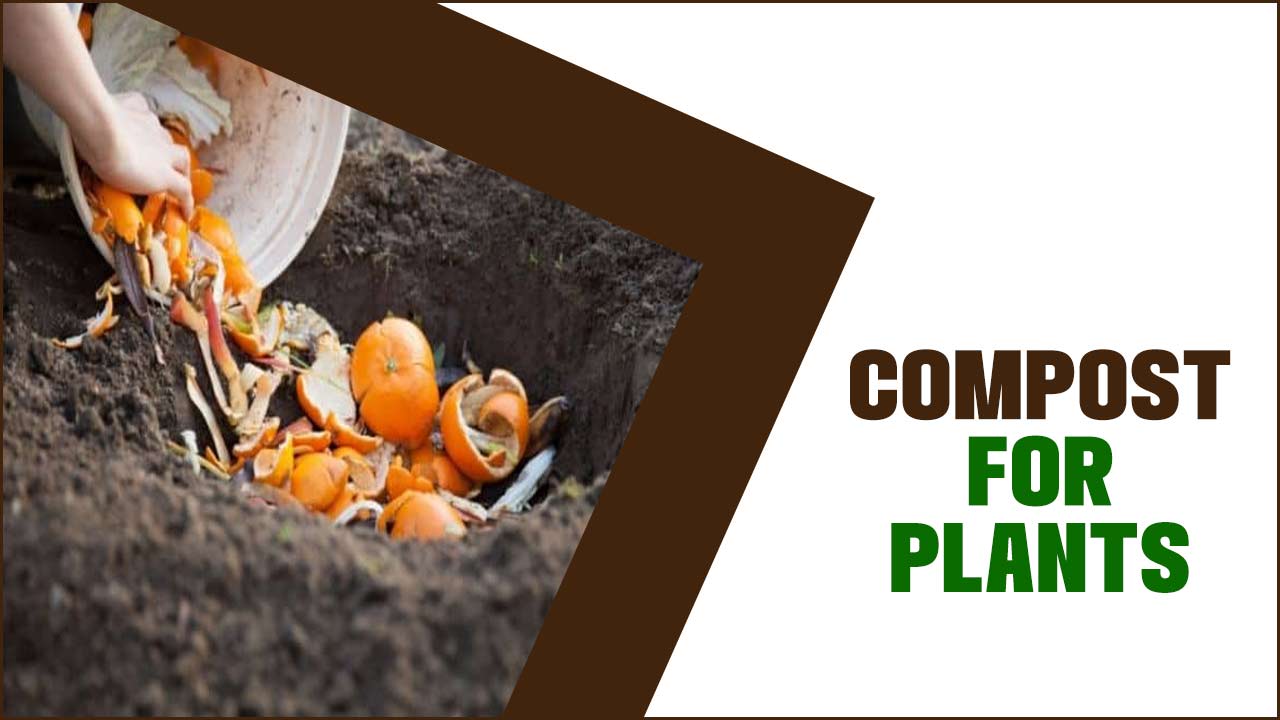
How To Make Compost For Plants In 7 Steps
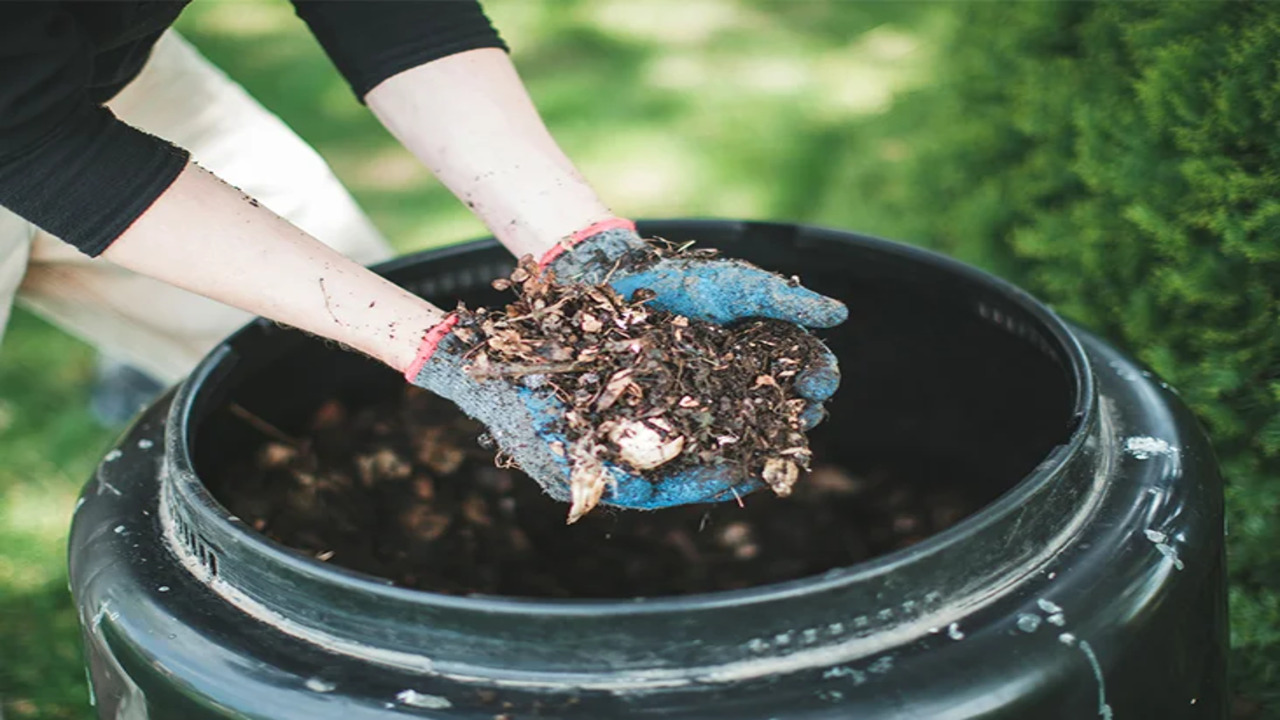
Compost for plants is essential as it enriches the soil, improving its structure and fertility. It enhances nutrient availability, promotes beneficial microorganisms, and helps retain moisture. Compost reduces the need for synthetic fertilizers, prevents soil erosion, and supports sustainable gardening practices, leading to healthier and more productive plants.
Step 1: Choose A Composting Method
When choosing a composting method for plants, consider your space and needs. Options include traditional piles, compost bins, or vermicomposting. Traditional piles are simple and cost-effective but require ample space. Compost bins are more contained and suitable for smaller areas.
Vermicomposting involves using worms to accelerate decomposition and is great for indoor or limited-space setups. Each method has its benefits, so choose one that suits your situation and preferences. Remember to provide adequate airflow, moisture, and the right balance of organic materials for successful composting.
Step 2: Select A Composting Container
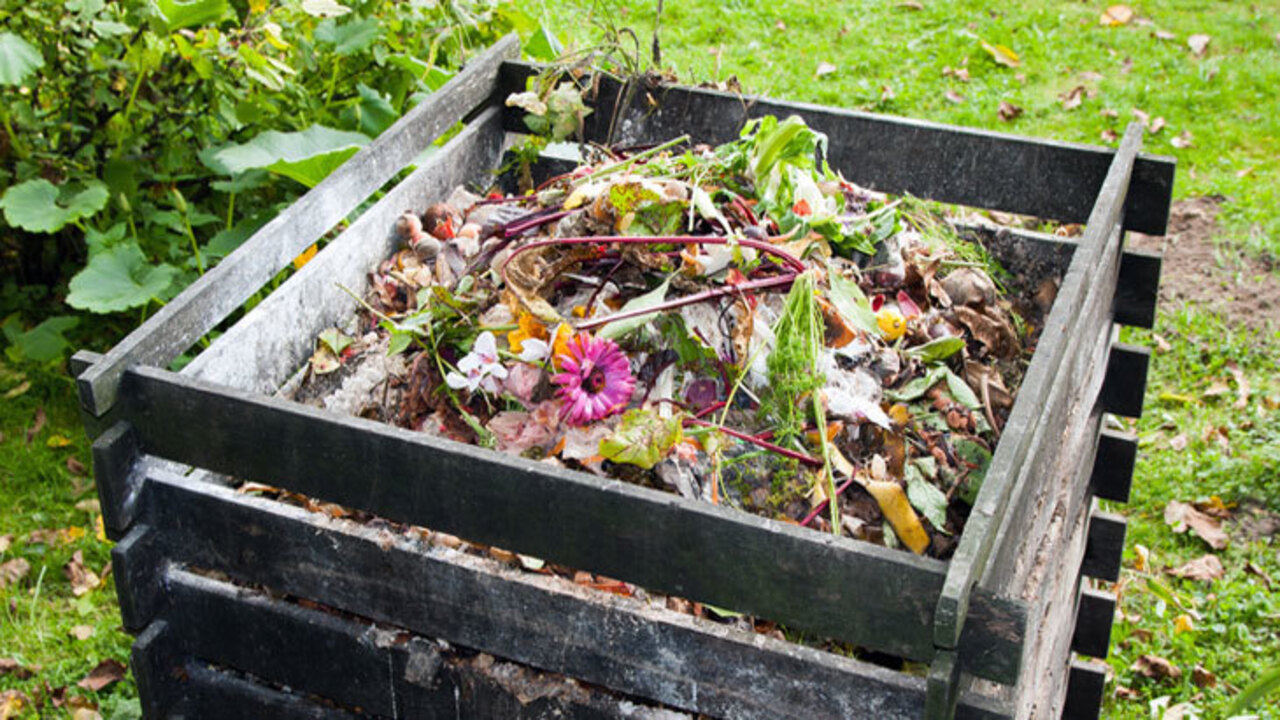
Selecting a composting container for plants, consider your space and needs. You can choose from various options, such as compost bins or vermicomposting containers. Look for a container with good airflow and drainage to ensure proper decomposition.
You can opt for a ready-made bin or create a DIY container using wood, plastic, or wire mesh materials. The container should be placed directly on the ground to allow beneficial organisms to access it. Consider the size and accessibility of the container for easy turning and monitoring of the composting process.
Step 3: Collect Organic Materials
To collect organic materials for composting, gather kitchen scraps like fruit and vegetable peels, coffee grounds, and eggshells. Additionally, include yard waste such as leaves, grass clippings, and small branches. Avoid using meat, dairy products, or oily items as they may attract pests.
Remember to strike a balance between carbon-rich “brown” materials (like dry leaves and shredded paper) and nitrogen-rich “green” materials (such as fresh grass clippings and kitchen scraps). This diverse mixture of organic materials will provide the necessary nutrients for effective composting and benefit your plants in the long run.
Step 4: Prepare The Composting Area
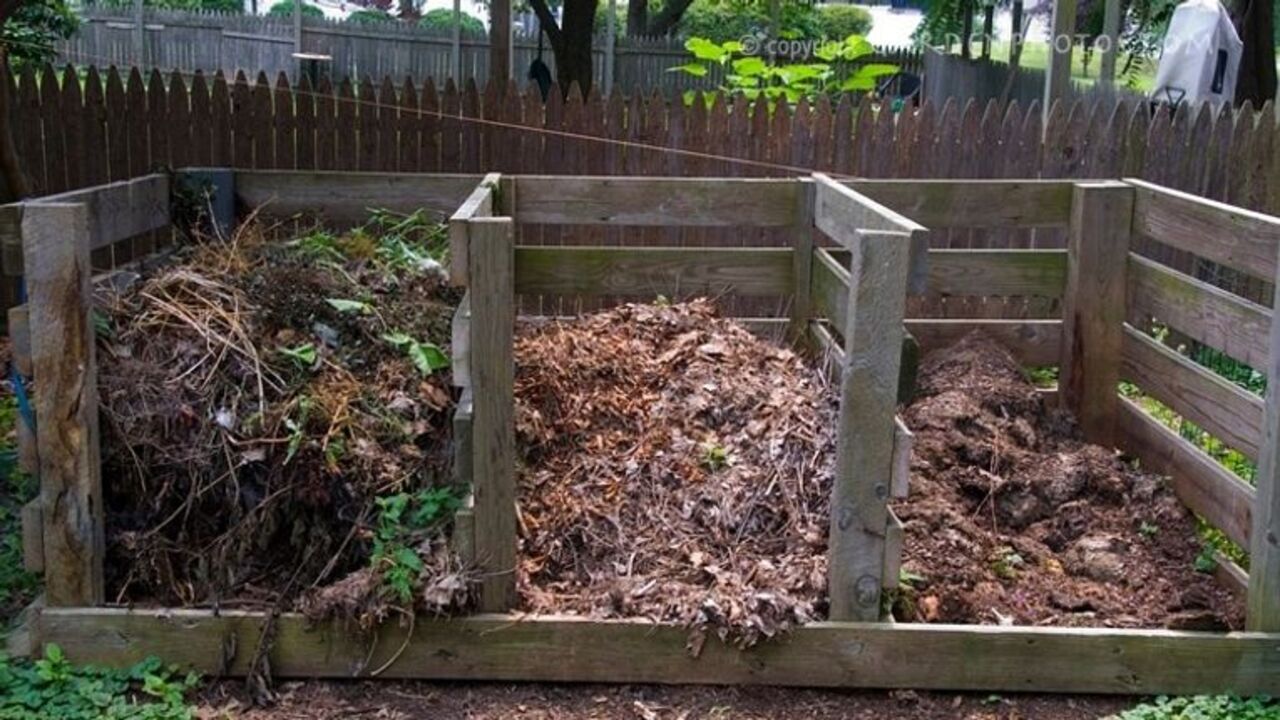
Prepare the composting area by selecting a suitable location with partial sun exposure. If using a compost bin, place it directly on the ground to allow beneficial organisms to access it easily. Ensure the area is convenient for turning and monitoring. Set up proper drainage to prevent waterlogging.
Adequate airflow is essential, so avoid placing the compost pile in a completely enclosed space. With a well-prepared composting area, you create an environment that promotes decomposition and supports the growth of beneficial microorganisms, producing nutrient-rich compost for your plants.
Step 5: Layer The Organic Materials
Layering organic materials for composting alternate between brown (carbon-rich) and green (nitrogen-rich) materials. Browns include dry leaves, shredded paper, and straw, while greens encompass fresh grass clippings and kitchen scraps. Aim for a ratio of roughly three parts browns to one part greens.
This layering technique provides a balanced mix of carbon and nitrogen, encouraging decomposition. The carbon-rich browns provide structure and prevent the compost from becoming too wet, while the nitrogen-rich greens supply essential nutrients. Layering the organic materials promotes effective decomposition and helps create nutrient-rich compost for your plants.
Step 6: Maintain Moisture And Aeration
Maintaining moisture and aeration in your compost is crucial for optimal decomposition. The compost pile should be kept moist but not waterlogged, as excess moisture can hinder composting. Regularly check the moisture level and add water if it feels dry. Also, ensure proper aeration by occasionally turning or mixing the compost pile.
This helps to introduce oxygen, facilitating the breakdown of organic materials. Adequate moisture and aeration create a favorable environment for beneficial microorganisms, promoting faster decomposition and the production of nutrient-rich compost for your plants.
Step 7: Monitor And Harvest
Keep an eye on your compost pile, monitoring its moisture level, temperature, and smell. The composting process typically takes several weeks to several months, depending on various factors. Your compost is ready to use once the materials have decomposed into a dark, crumbly, earthy-smelling substance. Use it to enrich your garden soil or potting mix.
Benefits Of Composting For Plants
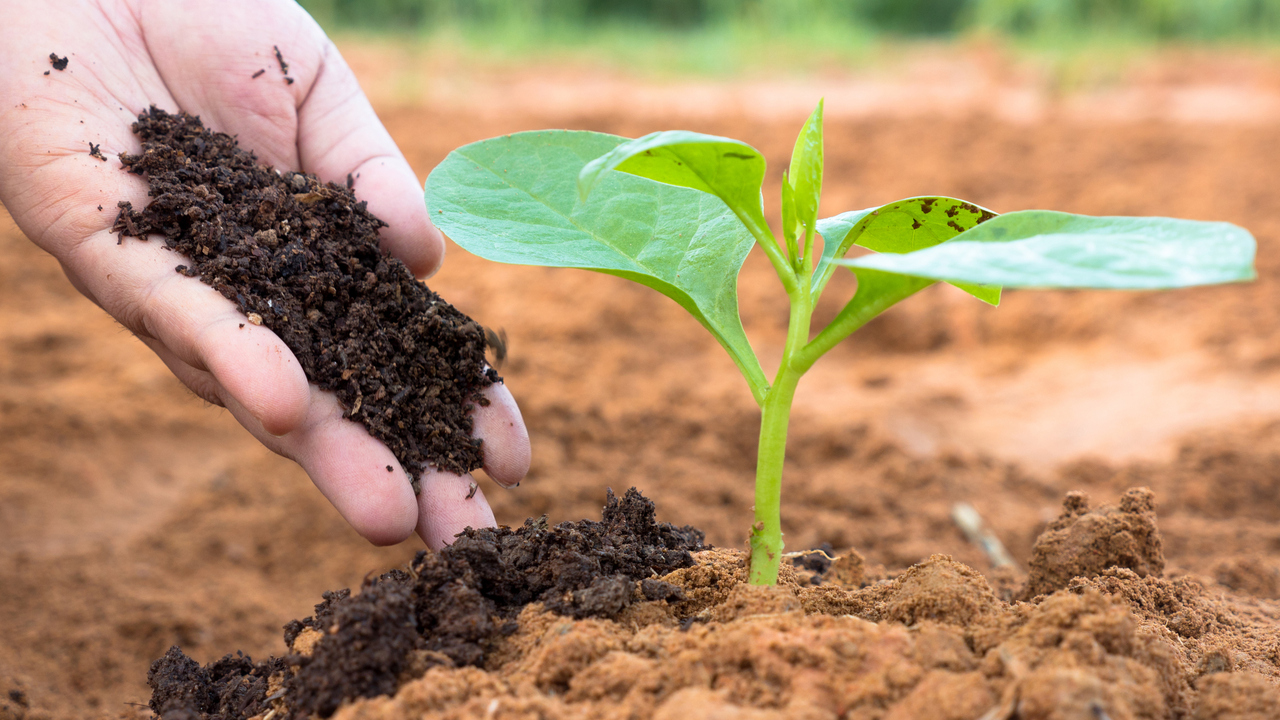
Composting is the process of breaking down organic matter into a nutrient-rich soil amendment. This process is not only beneficial for the environment but also for plants. Using compost as fertilizer for plants has many advantages. Firstly, compost enriches the soil with essential nutrients like nitrogen, phosphorus, and potassium.
These nutrients are released slowly, giving plants a steady food supply. Secondly, compost helps to improve the soil structure. It contains microorganisms beneficial for soil health, as they break down organic matter and help create crumbly, aerated soil. Thirdly, using compost as fertilizer can help reduce the need for chemical fertilizers, which can harm the environment.
Types Of Composting Methods
Composting is a great way to reduce waste while creating nutrient-rich soil for your garden or lawn. There are various types of composting methods, each with its benefits. One of the most commonly used composting methods and their advantages
Backyard or Home Composting: This method suits individual households and small-scale composting. It involves collecting kitchen scraps, yard waste, and other organic materials in a compost bin or pile in your backyard.
Vermicomposting: Vermicomposting utilizes special composting worms, such as red wigglers or earthworms, to break down organic waste. These worms consume organic matter and produce nutrient-rich castings known as vermicompost.
Aerated Static Pile Composting: This method is commonly used in larger-scale composting operations. Organic waste materials are stacked in long piles or windrows, and air is pumped into the pile using perforated pipes or a blower system.
In-vessel Composting: In-vessel composting involves the use of enclosed containers or systems to compost organic waste. The containers provide controlled conditions for composting, including temperature, moisture, and aeration.
Bokashi Composting: Bokashi composting is a fermentation-based method that uses beneficial microorganisms to break down organic waste. The process involves layering food scraps with a special Bokashi inoculant that contains effective microorganisms (EM).
Troubleshooting Common Composting Problems
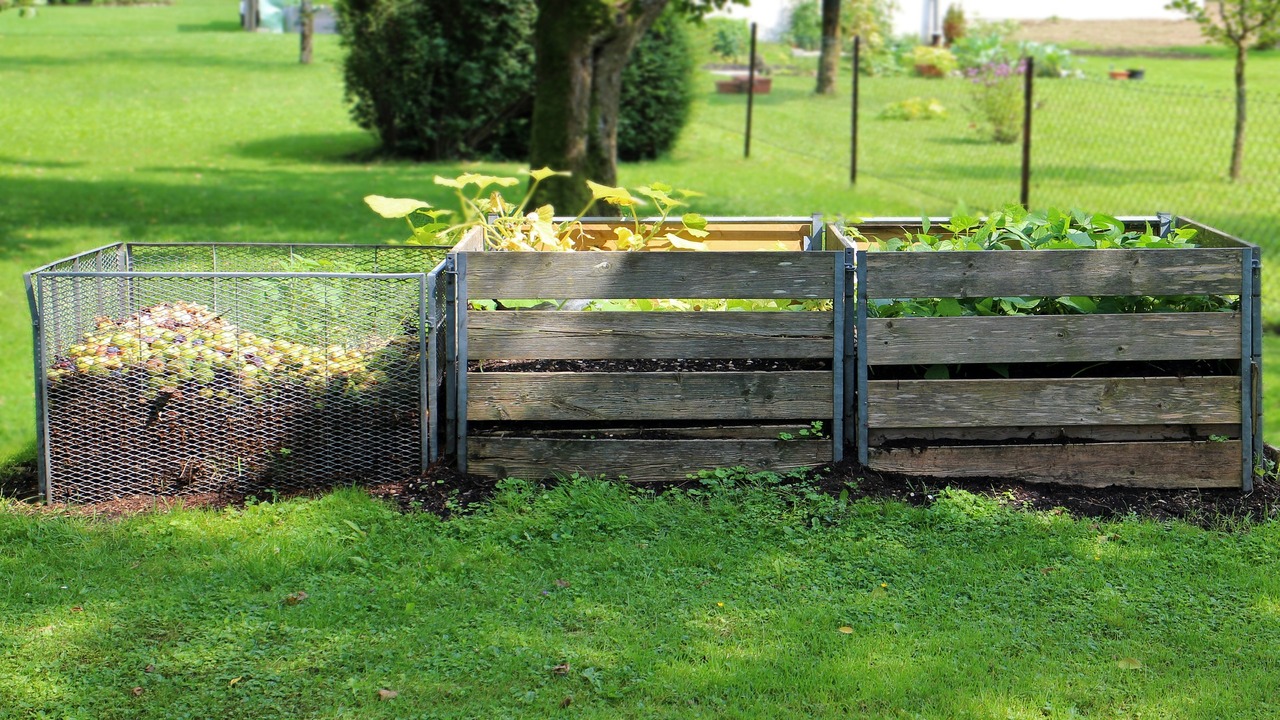
Composting is an excellent way to reduce waste and create nutrient-rich soil for your garden. However, even experienced composters may encounter common problems that can hinder the process. One of the most common issues is a lack of heat. If your compost pile is not heating up, it may be due to insufficient moisture or too much nitrogen-rich material. Adding more water or carbon-rich material, such as dry leaves, can help balance the pile.
Another problem is a foul odour coming from the compost. This could be a sign of too much moisture and not enough air circulation. Turning the pile regularly and adding more dry material can help alleviate this issue. Additionally, pests like rodents can be attracted to compost piles. To prevent this, avoid adding meat, dairy, or oily foods to your compost, and cover the pile with a lid or wire mesh.
Conclusion
It is clear to see that the implications of this situation are far-reaching and must be addressed in a timely and effective manner. We must ensure that our actions are thoughtful and well-considered and consider the perspectives of all parties involved. Only by doing so can we reach a satisfactory outcome and ensure that our communication and collaboration are successful in the long term.
Composting is an easy and effective way to give your plants the extra boost they need to thrive. The benefits of composting are undeniable, from improving soil structure to providing essential nutrients. Compost for plants will thank you with bigger, brighter, and healthier growth. And who knows, maybe you’ll get a few extra veggies or fruits from the deal.
FAQs
[rank_math_rich_snippet id=”s-2e01182a-d5a0-455c-866e-f9c925b61e40″]

I am passionate about home engineering. I specialize in designing, installing, and maintaining heating, ventilation, and air conditioning systems. My goal is to help people stay comfortable in their homes all year long.

